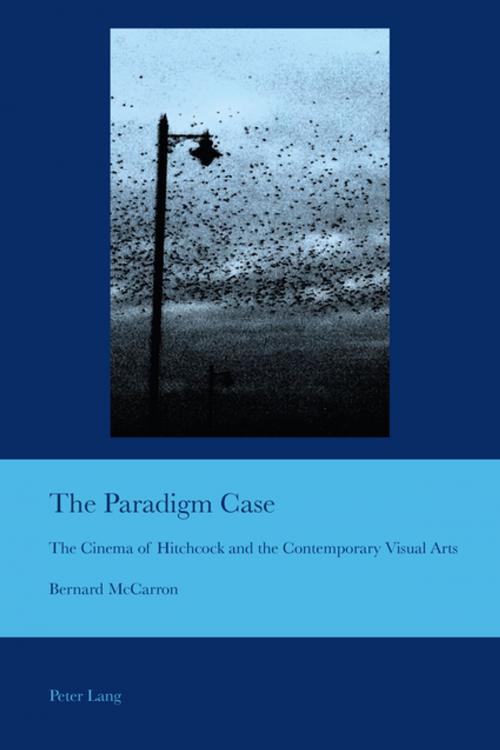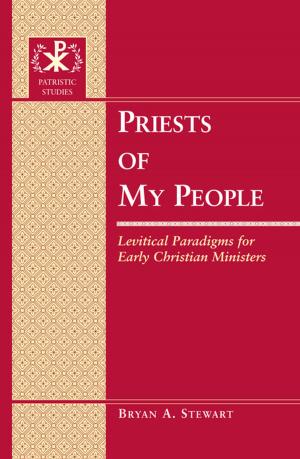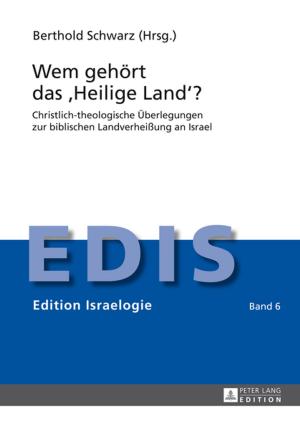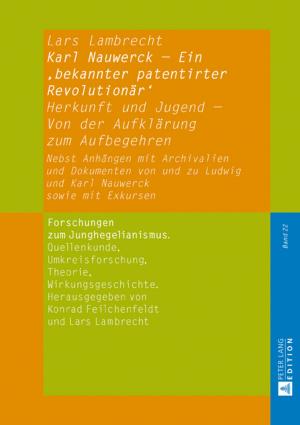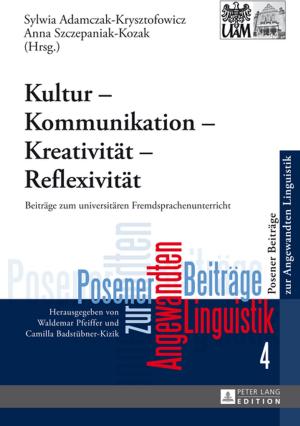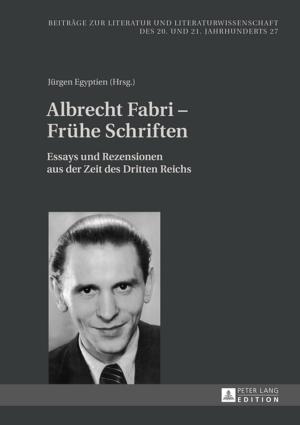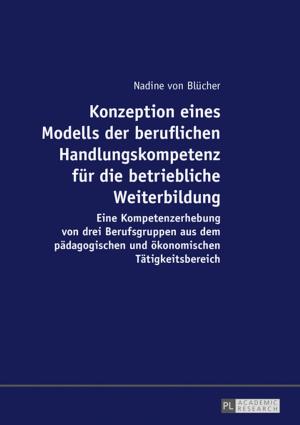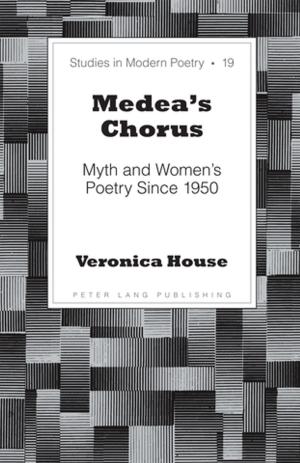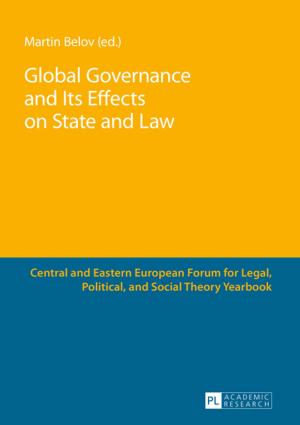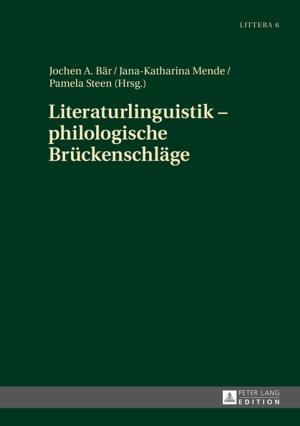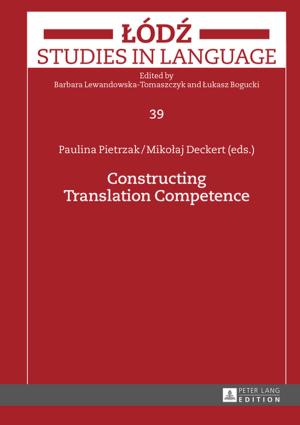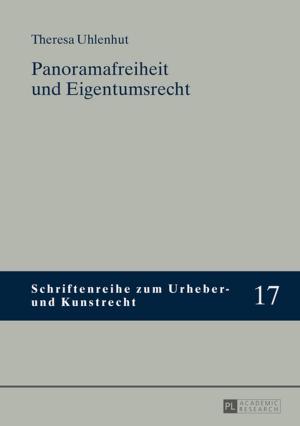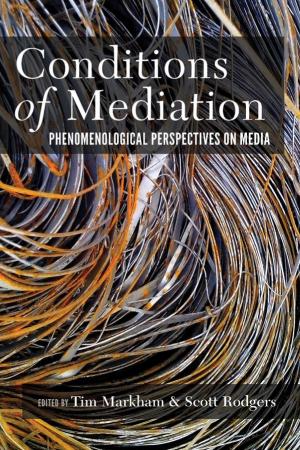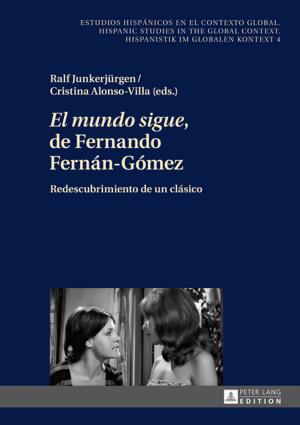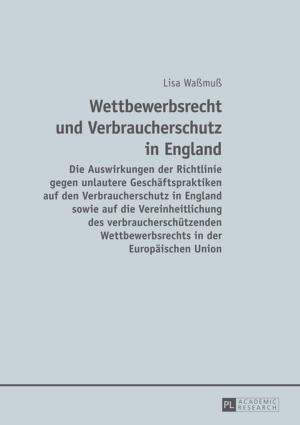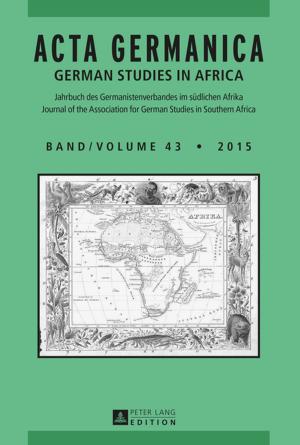The Paradigm Case
The Cinema of Hitchcock and the Contemporary Visual Arts
Nonfiction, Art & Architecture, General Art, Fiction & Literature, Drama, Entertainment| Author: | Bernard McCarron | ISBN: | 9783035398137 |
| Publisher: | Peter Lang | Publication: | November 3, 2015 |
| Imprint: | Peter Lang AG, Internationaler Verlag der Wissenschaften | Language: | English |
| Author: | Bernard McCarron |
| ISBN: | 9783035398137 |
| Publisher: | Peter Lang |
| Publication: | November 3, 2015 |
| Imprint: | Peter Lang AG, Internationaler Verlag der Wissenschaften |
| Language: | English |
With the migration of cinema into the art gallery, artists have been turning, with remarkable regularity and ingenuity, to Alfred Hitchcock-related images, sequences and iconography. The world of Hitchcock’s cinema – a classical cinema of formal unities and narrative coherence – represents more than the spectre of a supposedly dead art form: it transcends its own filmic and institutional contexts, becoming an important audio-visual lexicon of desire, loss, mystery and suspense.
Through a detailed study of the Hitchcock-related work of artist-filmmakers Matthias Müller and Christoph Girardet, Johan Grimonprez, Pierre Huyghe, Douglas Gordon and Atom Egoyan, this book facilitates a dialogue between the creative appropriation of Hitchcock’s films and the cinematic practices that increasingly inform the wider field of the contemporary visual arts. Each chapter is structured around a consideration of how the artwork in question has reconfigured or ‘remade’ key Hitchcockian expressive elements and motifs – in particular, the relationship between mise en scène and the mechanics of suspense, time, memory, history and death. In a career that extended across silent and sound eras as well as the British, European and Hollywood industries, Hitchcock’s film œuvre can be seen as a history of the cinema itself. As the work of these contemporary artist-filmmakers shows, it was also a history of the future, a paradigm case par excellence.
With the migration of cinema into the art gallery, artists have been turning, with remarkable regularity and ingenuity, to Alfred Hitchcock-related images, sequences and iconography. The world of Hitchcock’s cinema – a classical cinema of formal unities and narrative coherence – represents more than the spectre of a supposedly dead art form: it transcends its own filmic and institutional contexts, becoming an important audio-visual lexicon of desire, loss, mystery and suspense.
Through a detailed study of the Hitchcock-related work of artist-filmmakers Matthias Müller and Christoph Girardet, Johan Grimonprez, Pierre Huyghe, Douglas Gordon and Atom Egoyan, this book facilitates a dialogue between the creative appropriation of Hitchcock’s films and the cinematic practices that increasingly inform the wider field of the contemporary visual arts. Each chapter is structured around a consideration of how the artwork in question has reconfigured or ‘remade’ key Hitchcockian expressive elements and motifs – in particular, the relationship between mise en scène and the mechanics of suspense, time, memory, history and death. In a career that extended across silent and sound eras as well as the British, European and Hollywood industries, Hitchcock’s film œuvre can be seen as a history of the cinema itself. As the work of these contemporary artist-filmmakers shows, it was also a history of the future, a paradigm case par excellence.
